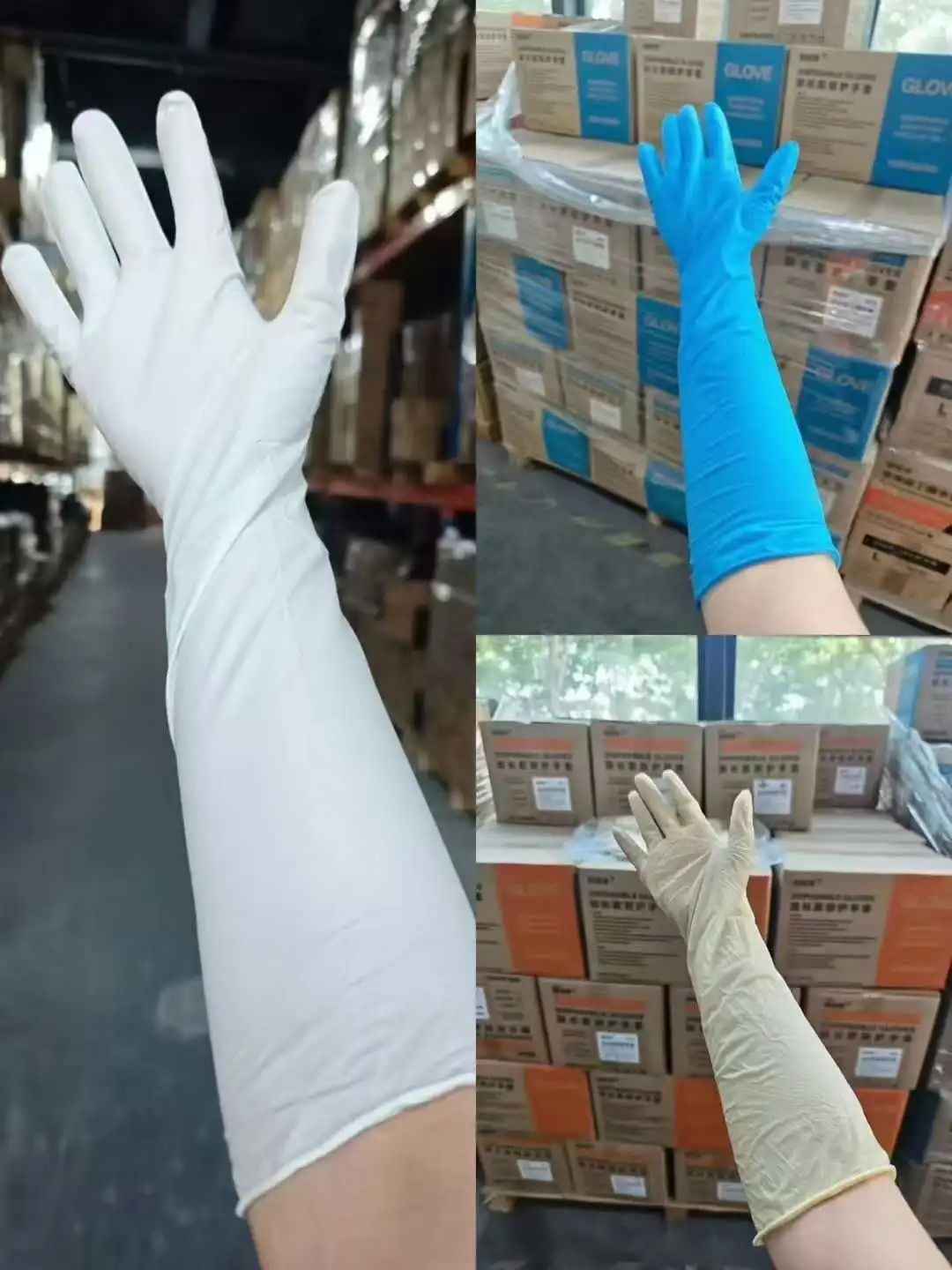Domestic latex gloves and imported latex gloves each have their own advantages and disadvantages, making it difficult to simply determine which is better. The choice should be based on specific needs. The following analysis provides further details:
• Raw materials: Imported latex gloves primarily use latex from countries such as Malaysia and Thailand, where the natural conditions are favorable, resulting in high-purity latex with stable quality, intact rubber molecular structures, and excellent physical properties. Domestic latex gloves primarily use raw materials from domestic plantations. While quality has improved in recent years, there remains a gap in terms of rubber tree variety optimization and harvesting/processing technology compared to traditional rubber-producing nations.
•Production Process and Quality Control: Imported latex glove manufacturers have mature production processes, precise control over parameters such as temperature and pressure, and often utilize highly automated production lines. They maintain strict quality control, resulting in stable and consistent product quality. Domestic latex glove manufacturers are continuously introducing advanced equipment and technology, and large enterprises have established quality management systems compliant with international standards. However, some small enterprises face limitations in terms of funding and technology, leading to inconsistent product quality.
• Price: Imported latex gloves are generally more expensive due to brand premiums, transportation costs, and high investment. Domestic latex gloves, on the other hand, are more affordable due to abundant domestic labor resources and relatively low raw material costs, offering a clear advantage in terms of cost-effectiveness.
• Product certification: Imported latex gloves typically need to meet international standards such as EU CE certification and US FDA certification, which are often used as selling points. Domestic latex gloves must comply with domestic standards such as GB/T 18843-2015 “Coated Gloves,” and an increasing number of companies are actively seeking international certifications. However, when exporting, adjustments may be required based on different markets, which increases costs and operational complexity.
If you prioritize cost-effectiveness and do not require extremely high protective performance, domestic latex gloves are a good choice for everyday household tasks. However, for medical, chemical, or other applications that demand strict protective performance, or if you seek more consistent quality and a better wearing experience with sufficient budget, imported latex gloves are more suitable. Currently, the UltraClean E-commerce Platform (www.chaojing360.com) under Suzhou Lidel Network Technology Co., Ltd. connects key resources across the entire supply chain to provide cleanroom and static control solutions for high-end electronics, semiconductor, and new energy manufacturing industries, driving high-quality development across the supply chain. The company serves over 11,000 enterprises, holds 28 research and development patents and 56 software copyrights, has participated in drafting three national standards and two industry standards for cleanroom gloves, and has established branches in Guangdong, Chengdu, Wuhan, and Xi’an to provide faster, more precise, and more efficient services to customers.
Post time: Aug-05-2025
